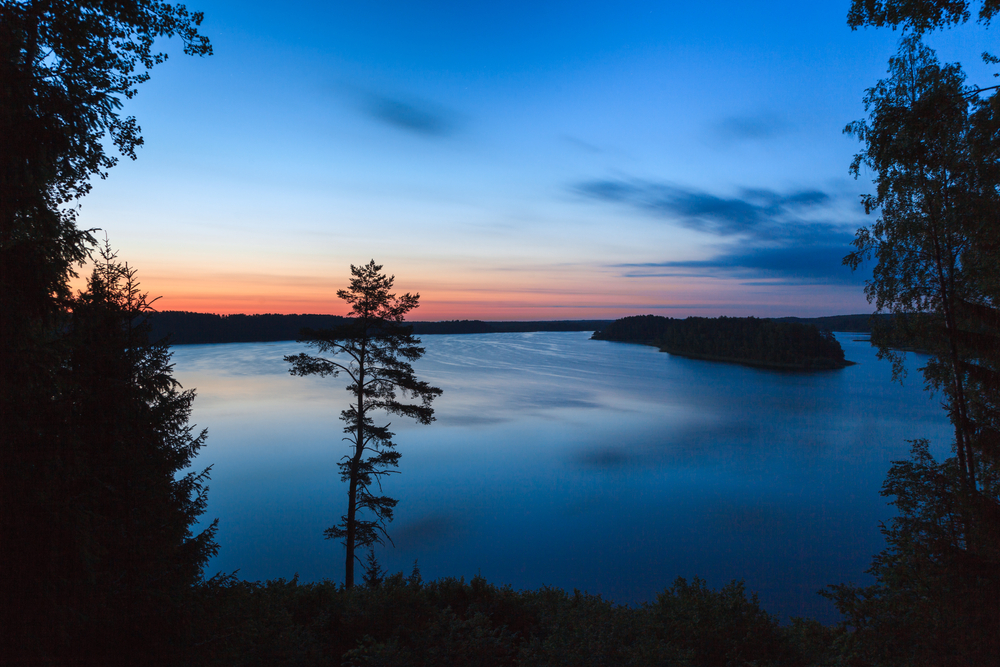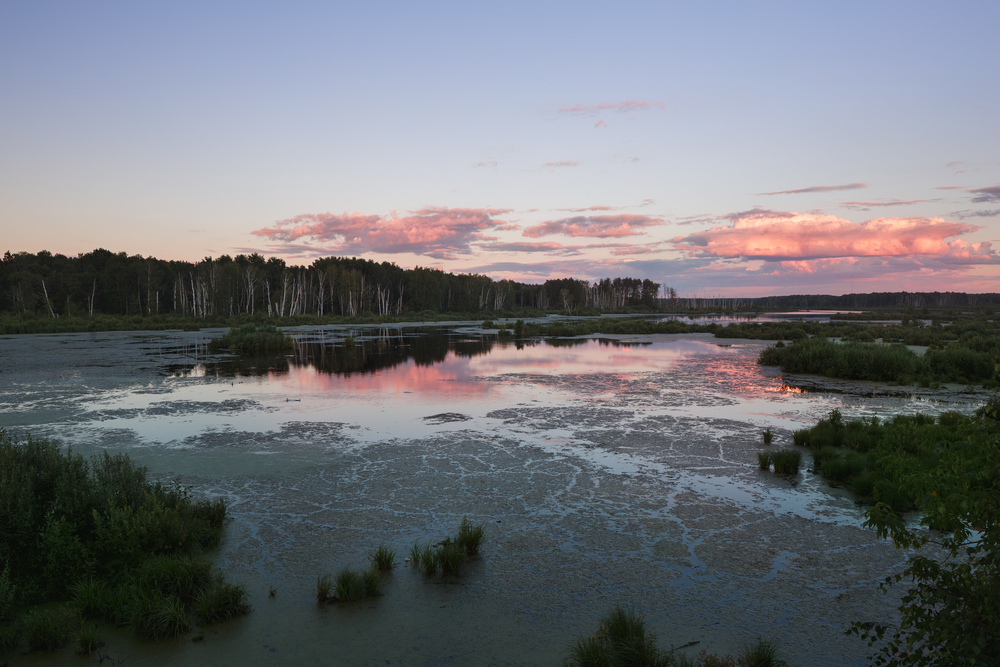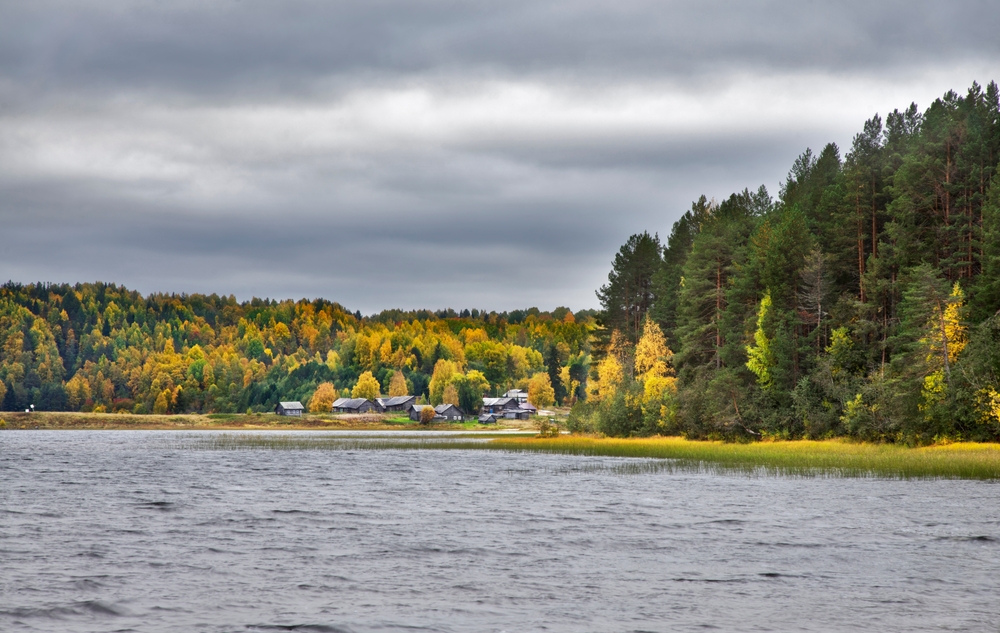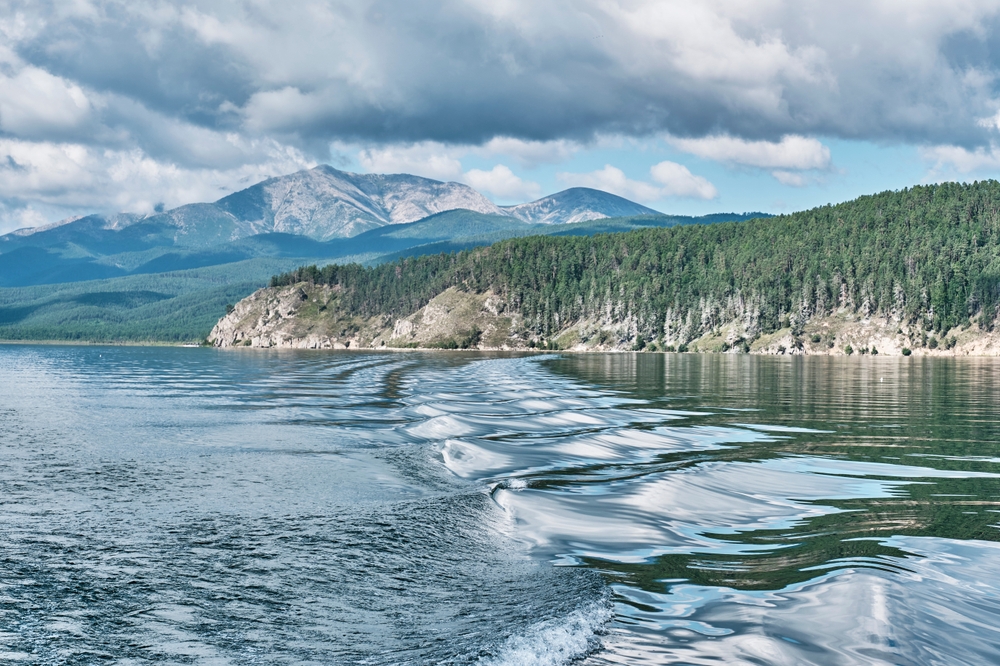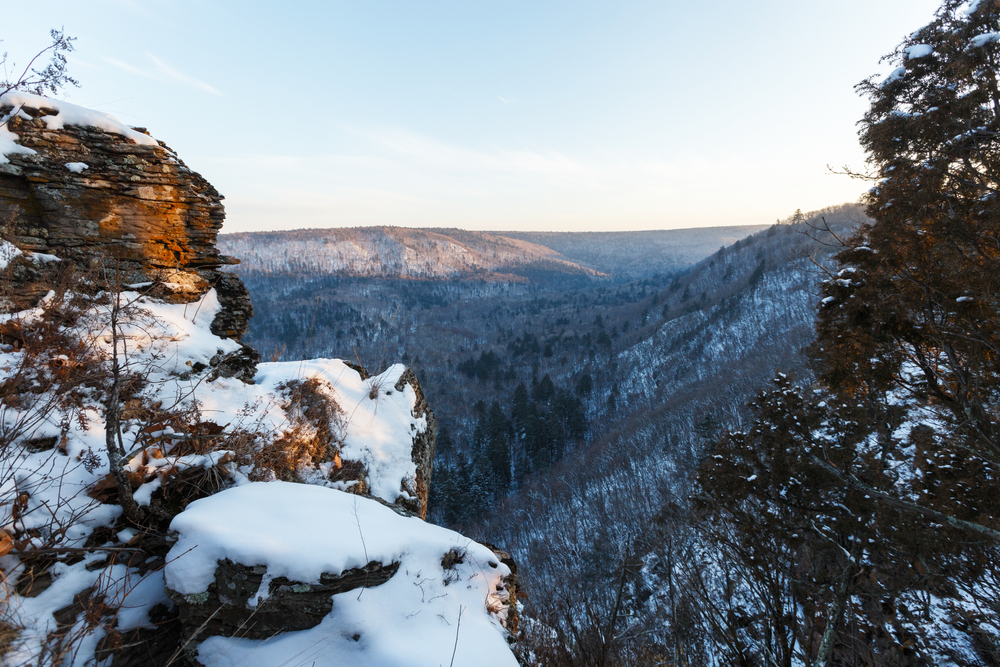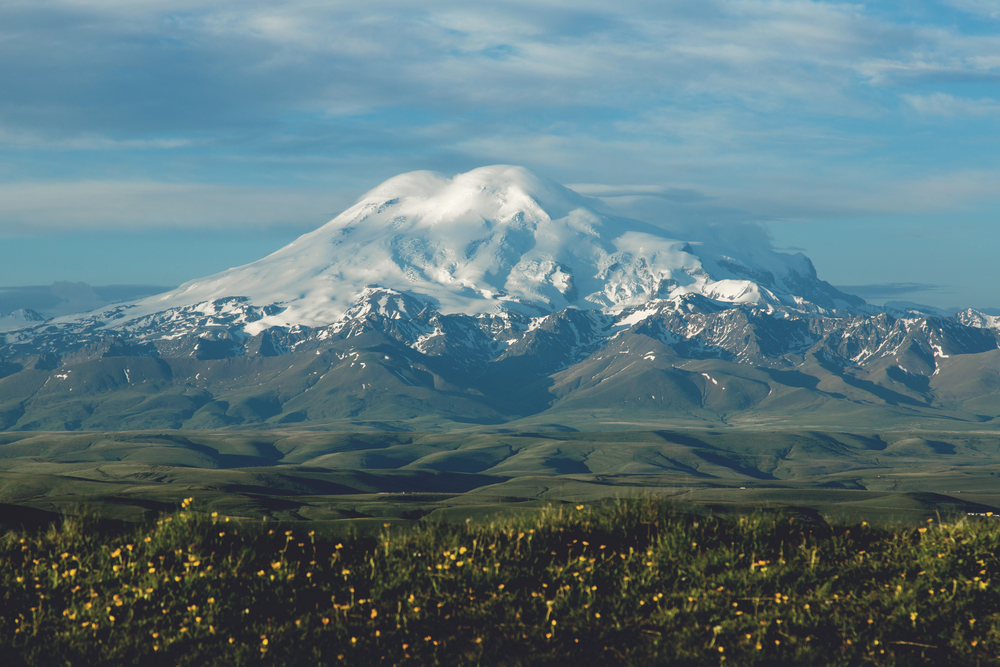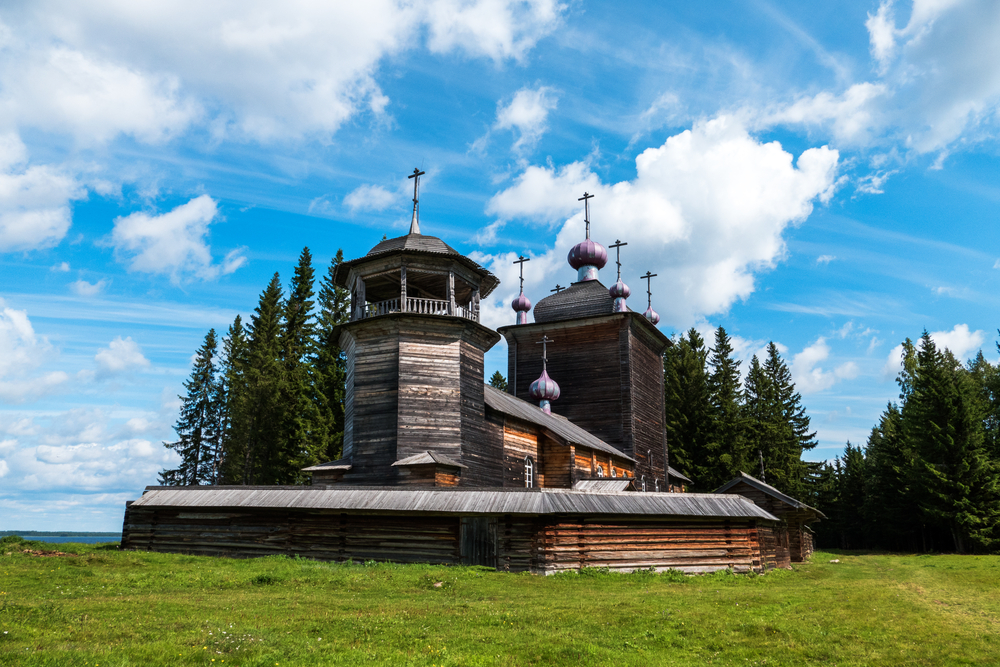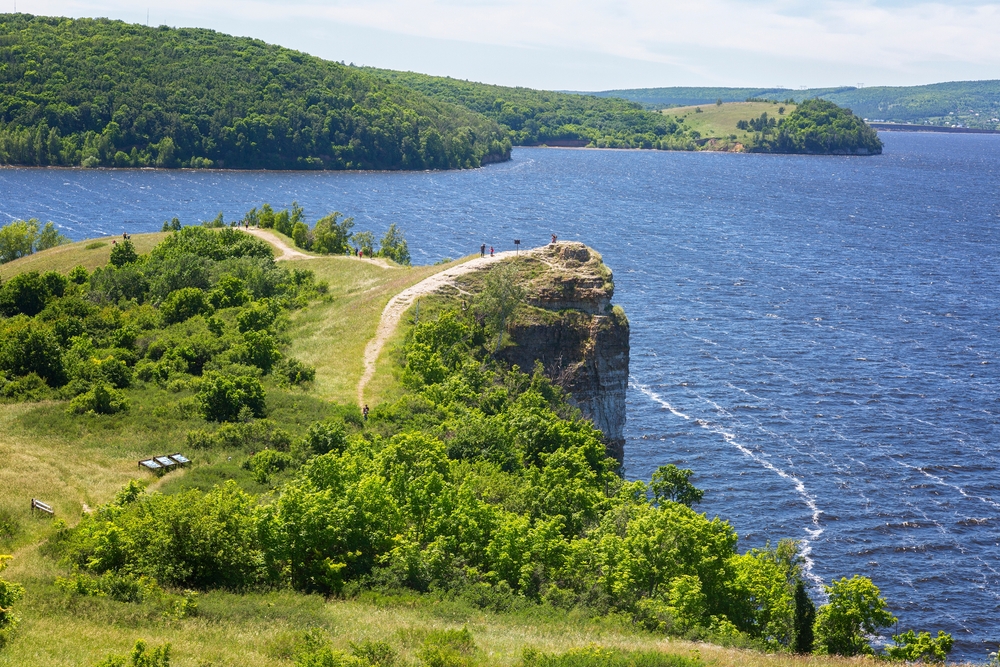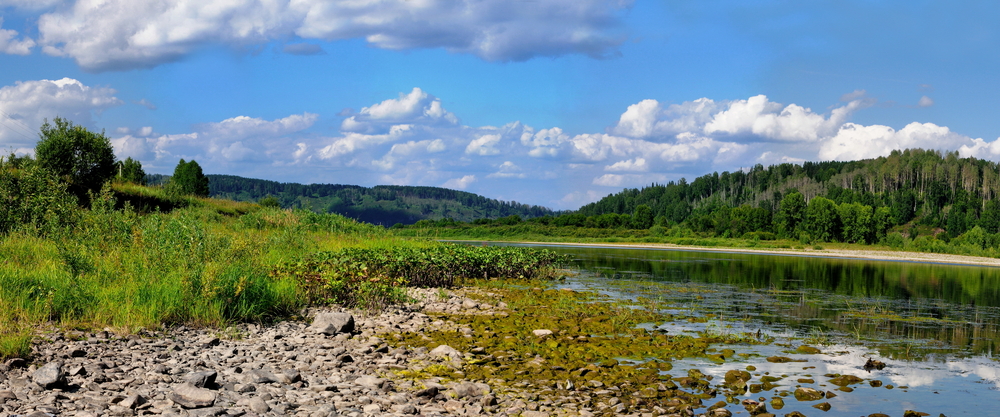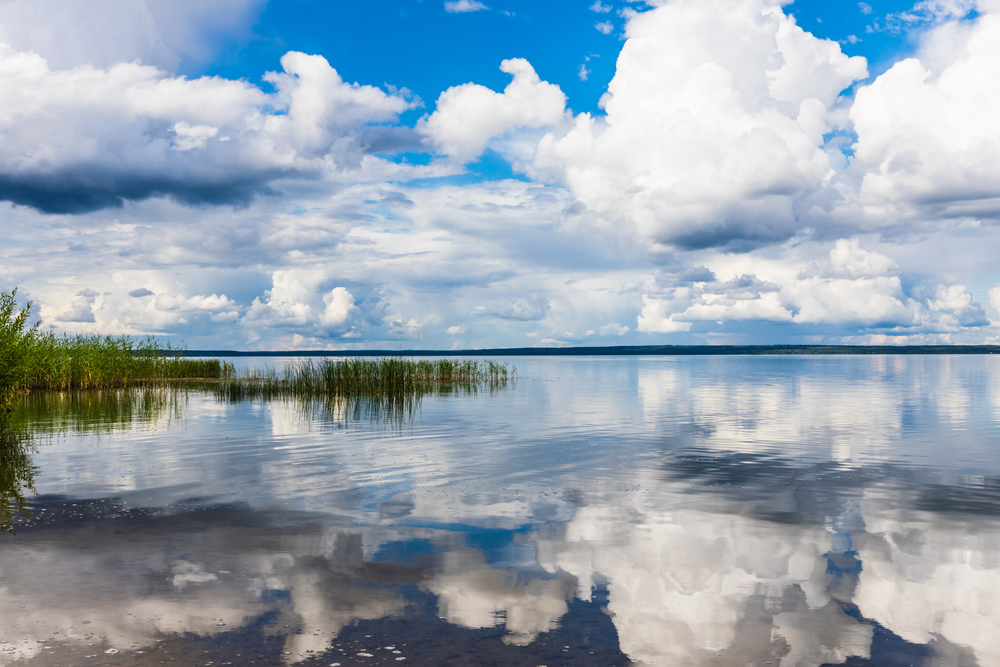Smolenskoye Poozerye Overview
Smolenskoye Poozerye National Park, located in the western part of Russia near the border with Belarus, spans approximately 630 square miles (1,620 square kilometers). The park is a vast natural expanse characterized by a network of lakes, rolling hills, and dense forests.
It is named after the many lakes (“poozerye” means “land of lakes” in Russian) scattered throughout the landscape, with more than 35 significant bodies of water. Among them, Baklanovskoye, Rytoye, and Sapsho Lakes stand out as some of the most picturesque.
The terrain includes gently undulating hills shaped by glacial activity, creating a mosaic of wetlands, meadows, and mixed coniferous and deciduous forests. The vegetation is dominated by pine, spruce, and birch trees, with rich undergrowth that supports a variety of plant species, including wild berries and mushrooms.
The park is a haven for wildlife, hosting a diverse array of mammals, birds, and aquatic species. Large mammals such as moose, wild boar, and red deer roam the forests, while smaller creatures like otters and badgers thrive in the waterways and marshy areas.
One of the park’s most elusive predators, the Eurasian lynx, finds refuge in its dense woodlands. Bird enthusiasts can encounter over 230 species, including black storks, white-tailed eagles, and various owl species. The lakes and rivers attract waterfowl, making the park an important habitat for both resident and migratory birds.
Visitors to Smolenskoye Poozerye National Park often seek out its scenic viewpoints, hiking trails, and historical landmarks. Sapsho Lake, with its crystal-clear waters and surrounding cliffs, is a favorite spot for both relaxation and photography.
The park also contains ancient archaeological sites and remnants of medieval settlements, adding a cultural dimension to its natural appeal. Traditional wooden villages and Orthodox chapels dot the region, offering glimpses into the historical and spiritual heritage of western Russia.
Outdoor activities in the park include hiking, cycling, and wildlife watching, with well-marked trails leading through forests and along the shores of the lakes. Boating and kayaking provide opportunities to explore the waterways, while fishing is a popular pastime in designated areas.
During winter, cross-country skiing and snowshoeing allow visitors to experience the park’s serene, snow-covered landscapes.
Smolenskoye Poozerye faces conservation challenges related to habitat protection, climate change, and human impact. The park management works to combat illegal logging and poaching while promoting sustainable tourism.
Environmental education initiatives aim to raise awareness about the park’s ecological importance, and conservation programs help monitor and protect key species. Despite these challenges, efforts to preserve the park’s biodiversity have seen successes, particularly in the restoration of wetland ecosystems and the protection of rare bird species.








































































